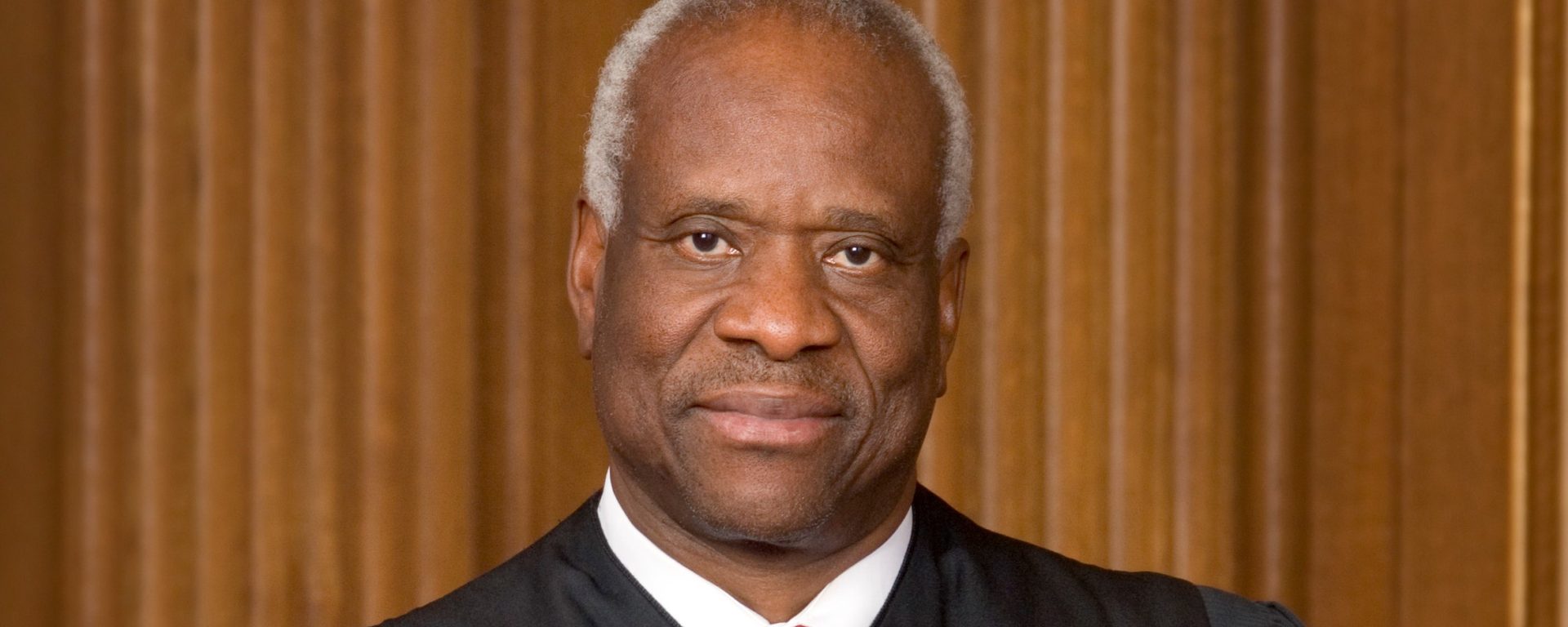The U.S. Supreme Court has unanimously ruled that victims of Hamas’s attacks and their family members won’t get another chance to sue a Lebanese bank for allegedly helping the terrorists.
Justice Clarence Thomas wrote the 9-0 opinion in BLOM Bank v. Honickman that was issued on June 5.
The ruling focused on procedural rules used by courts, as opposed to the merits of the lawsuit itself, and overturned a U.S. Court of Appeals Second Circuit ruling that would have reopened the case.
At the original trial, the relatives and victims lost because they were found to not have proven that the bank knowingly accepted clients associated with Hamas. The relatives and victims then said they wished to present evidence to which they had later gained access. They argued that a court rule allowed the case to be reopened after a final judgment was issued, and the Second Circuit agreed, ordering the case to be reopened.
The Supreme Court reversed the Second Circuit, finding that the respondents had failed to prove that “extraordinary circumstances” existed.
The respondents filed a legal complaint in January 2019 alleging that BLOM, a bank in Lebanon, “aided and abetted a series of terrorist attacks committed by the Palestinian terrorist group Hamas, injuring [the respondents],” according to a brief filed by lead respondent Michal Honickman on Aug. 28, 2024.
The respondents said BLOM knew it was providing substantial assistance to three Hamas front organizations, including the Sanabil Association for Relief and Development, a charity that the U.S. government declared a “Specially Designated Global Terrorist” in 2003. BLOM helped Sanabil by converting donations from supporters of Hamas into cash, which the charity distributed to recruit Palestinians residing in Lebanon to join Hamas, according to the brief.
Sanabil, headquartered in Sidon, Lebanon, takes in “large quantities of funds raised by major HAMAS-affiliated charities in Europe and the Middle East and, in turn, provides funding to HAMAS,” the U.S. Department of the Treasury stated in 2003.
In its petition filed on May 29, 2024, BLOM stated that “it categorically abhors terrorism, has no connection to Hamas, and is not legally or factually responsible for [the] Respondents’ injuries.”
The respondents filed their legal claim under the Anti-Terrorism Act, which was amended by the Justice Against Sponsors of Terrorism Act (JASTA), according to the petition.
JASTA allows victims to file lawsuits in federal district courts in the United States against a foreign state for supporting international terrorism regardless of whether the state is officially designated as a state sponsor of terrorism. The statute also allows lawsuits to be filed against persons or entities that knowingly help to provide substantial assistance to such groups.
In the new Supreme Court opinion, Thomas recounted the facts of the case.
Before a district court, the bank argued that the respondent’s claims were not sufficient to substantiate a claim that it had aided and abetted Hamas. The bank moved to dismiss, and the district court asked the respondents if they planned to modify their claims. The respondents said they did not plan to add additional facts to their claims, according to the opinion.
The district court threw out the complaint with prejudice, meaning that the respondents were not free to refile their case. That court stated that “it [was] not enough for [the respondents] to [plausibly] allege that BLOM was generally aware of [its] role in terrorist activities, from which terrorist attacks were a natural and foreseeable consequence.” The court denied the respondents permission to amend their complaint, according to the opinion.
The opinion states that the Second Circuit later found that the district court had misinterpreted the requirement of awareness but found that the complaint did not support an inference that the bank knew of the alleged connection to customers allegedly connected to Hamas. The Second Circuit affirmed the dismissal.
The respondents returned to the district court and moved to vacate its final judgment so it could present an amended complaint to comply with the standard articulated by the Second Circuit. The district court denied the request.
The case again returned to the Second Circuit which found that the district court erred by incorrectly treating the motion to vacate and the request to amend the complaint as requiring “two different analyses,” according to the opinion.
Thomas wrote that the Second Circuit erred. Federal Rule of Civil Procedure 60(b) allows a federal district court to void a final judgment under certain circumstances. The rule contains a catchall provision that permits a district to grant such relief for “any other reason that justifies relief.”
“We have consistently held that only ‘extraordinary circumstances’ can justify relief under the Rule 60(b)(6) catchall,” he wrote.
The issue is if this standard applies when a litigant moves to reopen a case in order to file an amended complaint.
“We hold that it does,” Thomas wrote.
The Supreme Court sent the case back to the Second Circuit “for further proceedings consistent with this opinion.”
This article by Matthew Vadum appeared June 9, 2025, in The Epoch Times.
Photo: Supreme Court Justice Clarence Thomas


